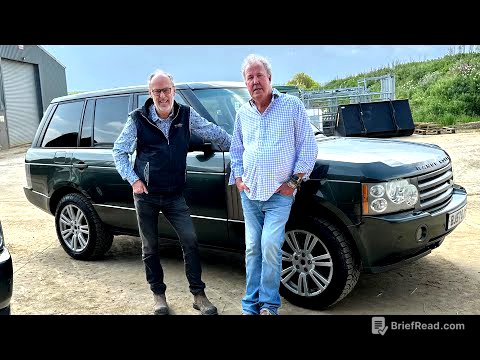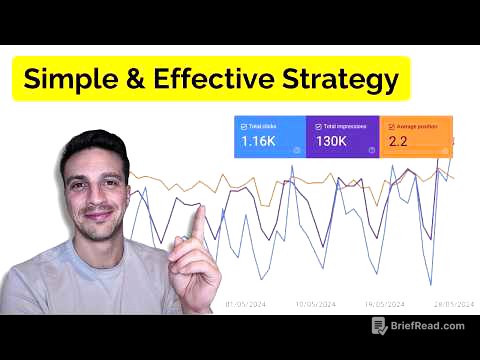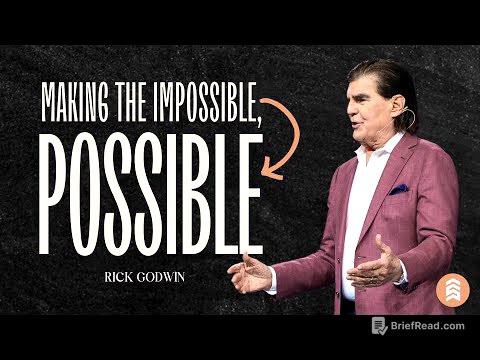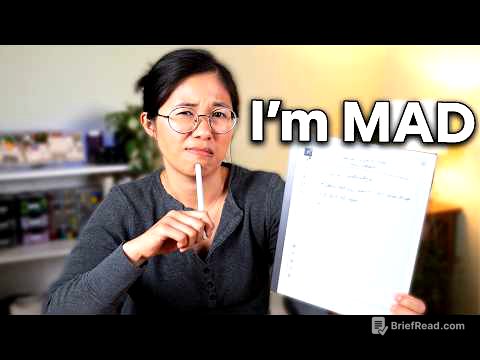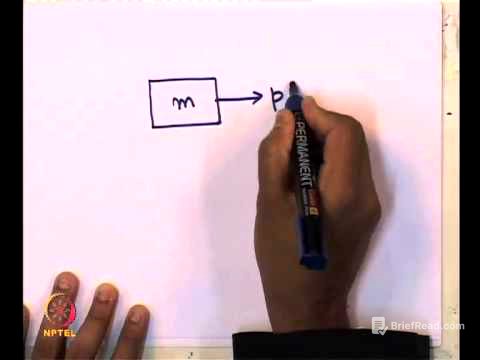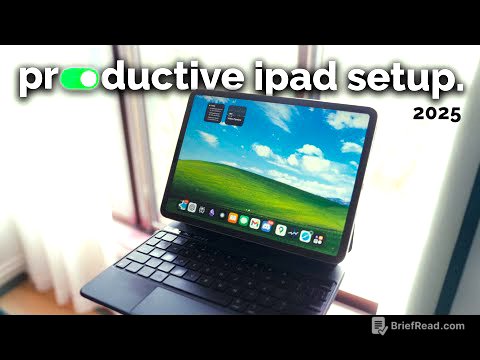TLDR;
This video explains how to optimise YouTube video titles, descriptions, and tags to improve search visibility and attract more viewers. It emphasises the importance of crafting concise, emotionally engaging titles, writing keyword-rich descriptions, and strategically using tags, while also highlighting the significance of viewer engagement metrics like CTR and watch time.
- Titles should be short, easy to read, and emotionally engaging.
- Descriptions should contain relevant keywords and a video overview.
- Tags are less important but can still be used to target misspellings and variations.
Intro [0:00]
The video introduces the three key metadata elements that the YouTube algorithm uses to understand video content: titles, descriptions, and tags. Using these elements effectively is crucial for reaching the right audience and increasing views. Many creators misuse these tools, hindering their channel's growth. The video aims to teach the correct way to optimise titles, descriptions, and tags for YouTube videos.
Title [0:31]
The title is the most important of the three metadata elements because it's the first thing viewers see, along with the thumbnail, and it influences their decision to watch the video. Titles should be optimised for both the YouTube algorithm and human viewers. The first tip is to keep titles short and easy to read, ideally under 70 characters, to prevent them from being cut off in search results and suggested sections. MrBeast keeps titles under 50 characters. The second tip is to use phrases that evoke emotions like excitement, shock, fear, anger, or urgency to encourage clicks.
Description [2:58]
YouTube states that descriptions with keywords help viewers find videos more easily through search. SEO work should be done in the description using keywords. YouTube suggests placing keywords at the beginning of the description. To find relevant keywords, search directly on YouTube and copy popular keyword phrases that appear. These phrases can be added to the description, separated by slashes. While a video overview is useful, it doesn't need to be extensive. The remaining keyword phrases can be incorporated into the overview. Default descriptions can be set up in YouTube Studio to automatically include links to playlists, social media, and contact information. Avoid keyword stuffing in the description.
Tags [5:28]
Tags are not as crucial for getting views as many creators think. YouTube states that tags have a minimal role in video discovery, with the title, thumbnail, and description being more important. Despite their limited impact, it's still beneficial to add tags. This can be done by manually searching for keyword phrases related to the video's topic or by using tools like TubeBuddy, VidIQ, or RapidTags.com to find relevant tags. YouTube suggests using tags for common misspellings or variations of the content or channel name. Tags were more important in the past but have diminished in significance in 2023.
Conclusion [7:43]
Optimising video metadata will help videos rank, but it's not the only factor. YouTube prioritises keeping viewers on its platform and considers metrics like click-through rate (CTR), average view duration, and retention. A video with low CTR and poor watch time will not rank well, even with good SEO. Focus on creating engaging content with compelling titles and thumbnails.


